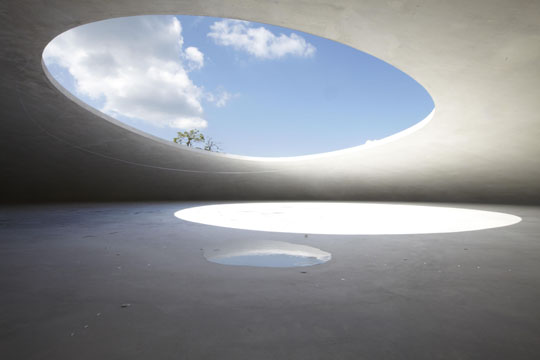Art, it is often said, is a lens through which to see the world differently. "Differently" could mean more intensely, or more clearly, or in a new and unfamiliar way. This inevitably requires a separation between the artwork and the world. Art so understood thus sets up territories and borders, the lines that define where the ordinary world ends and the art one begins. Mostly, this is straightforward enough: A painting has its frame; a sculpture its plinth; even in the more challenging categories of installation and performance art these boundaries are typically that of the space that the artwork and its audience occupies.
But what if the artwork demands to include itself, the space that houses it and even the surrounding environment as integral to its conception and perception? Where does the art stop and the world begin? Or could this separation in fact be transcended in pursuit of a new understanding that encompasses both?
These meditations were prompted by a visit last month to the opening of the Teshima Art Museum, a major new addition to the burgeoning collection of contemporary art and architecture populating the Seto Inland Sea, under the Medici-like patronage of Soichiro Fukutake, the president of Benesse Holdings.


















With your current subscription plan you can comment on stories. However, before writing your first comment, please create a display name in the Profile section of your subscriber account page.